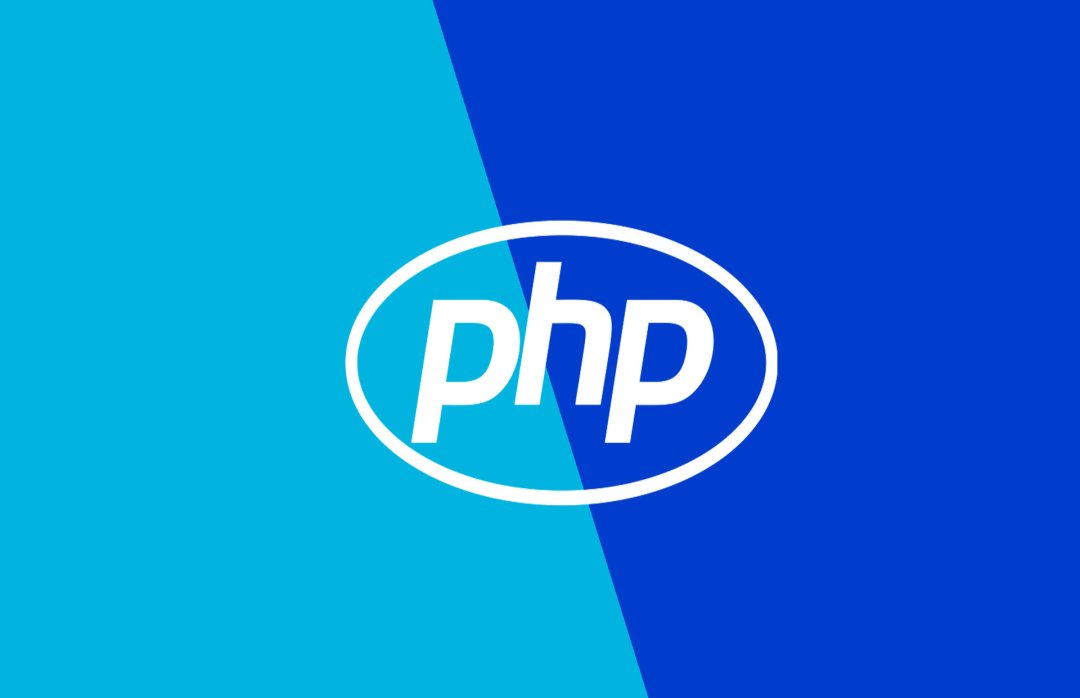How PHP connects to MySQL
Connecting PHP to MySQL is a fundamental skill for web developers, allowing dynamic interactions between the server and the database. This article provides an in-depth guide on how to connect PHP to MySQL, covering different methods, best practices, and common troubleshooting tips.
Introduction to PHP and MySQL
PHP (Hypertext Preprocessor) is a widely-used open-source scripting language that is particularly suited for web development. MySQL is an open-source relational database management system (RDBMS) that is commonly used with PHP to store, retrieve, and manage data.
Why Connect PHP to MySQL?
Connecting PHP to MySQL is essential for creating dynamic web applications. It allows you to:
- Store user information, such as registration details and preferences.
- Retrieve and display content dynamically based on user interactions.
- Manage data efficiently with CRUD (Create, Read, Update, Delete) operations.
Methods to Connect PHP to MySQL
There are several ways to connect PHP to MySQL, each with its own advantages and use cases. The most common methods are:
1. Using mysqli Extension
2. Using PDO (PHP Data Objects)
3. Using the Deprecated mysql Extension
1. Connecting Using mysqli Extension
The mysqli extension is an enhanced version of the original mysql extension, providing more features and better performance. It supports both procedural and object-oriented programming styles.
Procedural Style Example:
<?php
$servername = "localhost";
$username = "root";
$password = "";
$dbname = "example_db";
// Create connection
$conn = mysqli_connect($servername, $username, $password, $dbname);
// Check connection
if (!$conn) {
die("Connection failed: " . mysqli_connect_error());
}
echo "Connected successfully";
?>Object-Oriented Style Example:
<?php
$servername = "localhost";
$username = "root";
$password = "";
$dbname = "example_db";
// Create connection
$conn = new mysqli($servername, $username, $password, $dbname);
// Check connection
if ($conn->connect_error) {
die("Connection failed: " . $conn->connect_error);
}
echo "Connected successfully";
?>
Advantages of mysqli:
-
Improved performance compared to the old
mysqlextension. - Supports both procedural and object-oriented paradigms.
- Provides prepared statements, which help prevent SQL injection.
2. Connecting Using PDO (PHP Data Objects)
PDO is a database access layer that provides a uniform method of access to multiple databases. It does not provide database-specific functions but offers a robust and flexible interface for interacting with different databases.
PDO Example:
<?php
$dsn = 'mysql:host=localhost;dbname=example_db';
$username = 'root';
$password = '';
try {
$pdo = new PDO($dsn, $username, $password);
$pdo->setAttribute(PDO::ATTR_ERRMODE, PDO::ERRMODE_EXCEPTION);
echo "Connected successfully";
} catch (PDOException $e) {
echo "Connection failed: " . $e->getMessage();
}
?>Advantages of PDO:
- Supports multiple databases (MySQL, PostgreSQL, SQLite, etc.).
- Uses prepared statements, protecting against SQL injection.
- Provides a consistent interface for database access, making it easier to switch between databases.
3. Connecting Using the Deprecated mysql Extension
The mysql extension is deprecated as of PHP 5.5.0 and removed as of PHP 7.0.0. While you may encounter legacy code using this extension, it is not recommended for new development.
Deprecated Example:
<?php
$connection = mysql_connect('localhost', 'root', '');
if (!$connection) {
die('Could not connect: ' . mysql_error());
}
mysql_select_db('example_db', $connection);
echo "Connected successfully";
?>
Why Avoid mysql:
- Lacks support for prepared statements.
- Does not support object-oriented programming.
- Deprecated and removed in newer PHP versions, meaning no future updates or security fixes.
Best Practices for Connecting PHP to MySQL
When connecting PHP to MySQL, following best practices is crucial to ensure security, performance, and maintainability.
1. Use Prepared Statements
Prepared statements prevent SQL injection by separating SQL logic from data. Both mysqli and PDO support prepared statements.
Example with mysqli:
$stmt = $conn->prepare("SELECT * FROM users WHERE email = ?");
$stmt->bind_param("s", $email);
$stmt->execute();
$result = $stmt->get_result();
Example with PDO:
$stmt = $pdo->prepare("SELECT * FROM users WHERE email = :email");
$stmt->bindParam(':email', $email);
$stmt->execute();
$result = $stmt->fetchAll();2. Error Handling
Always handle errors gracefully. Use try-catch blocks with PDO and check the connection status with mysqli.
3. Secure Database Credentials
Never hard-code your database credentials in your PHP scripts. Use environment variables or configuration files that are not accessible from the web.
Example with Environment Variables:
$servername = getenv('DB_SERVERNAME');
$username = getenv('DB_USERNAME');
$password = getenv('DB_PASSWORD');4. Close the Database Connection
Closing the database connection is important for freeing up resources, especially in long-running scripts.
Example:
$conn->close(); // mysqli
$pdo = null; // PDOCommon Issues and Troubleshooting
1. Connection Refused/Error:
- Ensure MySQL server is running.
- Verify host, username, and password are correct.
- Check firewall settings.
2. Unknown Database:
- Ensure the database name is correct.
- Verify the database exists.
3. Access Denied:
- Check user permissions for the database.
- Verify that the user has the correct privileges.
Conclusion
Connecting PHP to MySQL is a fundamental task for web developers, enabling dynamic data-driven websites. Whether you choose mysqli or PDO, understanding how to securely and efficiently connect to your database is crucial. By following best practices and being aware of common issues, you can ensure your PHP applications interact smoothly with MySQL.

Jorge García
Fullstack developer
